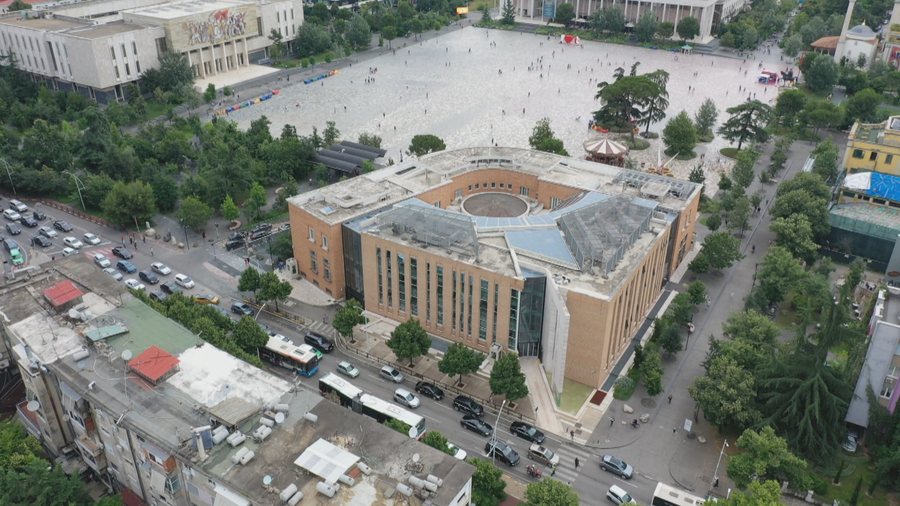
To furnish their homes, buy electronics, go on vacation or for emergency health needs, Albanians borrowed 41 billion lek or about 410 million euros from non-bank financial institutions last year. Compared to 2023, the credit provided by "microfinance" expanded by 4 billion lek or 10.8 percent.
"If we look at the number of clients, it turns out that the latter have taken out loans 2 or even three times within a year due to the short repayment terms. The majority of borrowing occurs in Tirana, since this is where the largest population is concentrated," said Brunilda Iaai, general secretary of the association, "Albanian Microfinance", writes A2 CNN.
The majority of these loans were given to businesses, followed by individuals and farmers. Data from the Bank of Albania shows that microfinance loans now account for about 7 percent of total loans given during 2024.
"It's significant. If we compare it to 5 years ago, microfinance was 2 to 2 percentage points higher, and that shows significant growth."
The reduction in the ceiling for microfinance loans is considered to be the reason for the increase in borrowing from non-bank financial institutions. Meanwhile, depopulation, especially in the suburbs, has significantly reduced the number of clients from rural areas.
"Microfinance does not require collateral or other conditions like commercial banks do. That's why many choose this form of borrowing. We believe that 2024 will also be positive for microfinance. There is a massive exodus to Tirana or abroad, so we are in these conditions."
Data from the association "Albanian Microfinance" shows that last year there were a total of 266,442 active clients. The majority, almost 159,000, are women. (A2 Televizion)











